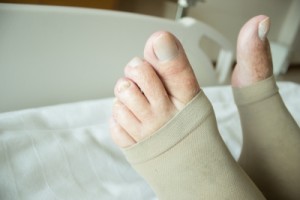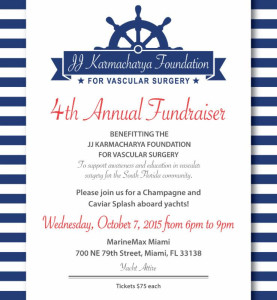About Deep Vein Thrombosis (DVT).
Image courtesy of hyena reality at FreeDigitalPhotos.net
As a vascular surgeon, one of the most frequent request I receive is about deep vein thrombosis (DVT).
What is DVT?
Think of your arteries, what goes through them? Well, you arteries facilitate that your oxygen-rich blood travel from your heart to reach the rest of your body. In return, through your veins, you receive blood with a lower level of oxygen back to your heart. It sounds like some kind of trade, doesn´t it?
You have veins known as superficial veins and deep veins. Deep veins are the ones you need to watch when thinking about Deep Vein Thrombosis (DVT). This, because blood clots may appear in such veins. The location of the clot may differ. Normally, pelvis and thigh are the places to look for, at first.
Pulmonary embolism is one the biggest dangers you might face with DVT. In this case, your lungs might be affected. This, in short time, can be fatal.
If you are suspicious about having this condition, go and pay a visit to your physician.
What are the symptoms?
There isn`t a list a symptoms, it is more like where in your body and the size of the blood clot. Swelling, leg pain or your skin turning into red or blue.
Main causes
When you are experiencing a poor flow in your blood, the risk of DVT increases. Living a sedentary lifestyle opens a window of opportunity for this kind of conditions. Not only can happen for people who spend most of the time sitting on a chair. If you spend most of your day standing, you are not necessary moving.
Other than work related activities, events such as a mayor operation where you need to lie back most of the day.
Obesity is a condition that can propel DVT as well as events such as heart failures.
Tests
Of course, as physicians, we have to ask regular questions about your health, activities and actual condition. To check your overall health history is mandatory.
After this, a venogram test or a duplex ultrasound test are required.
The good thing is that DVT can be treated with minimally invasive treatments and medications. Surgery is very rarely to happen.




